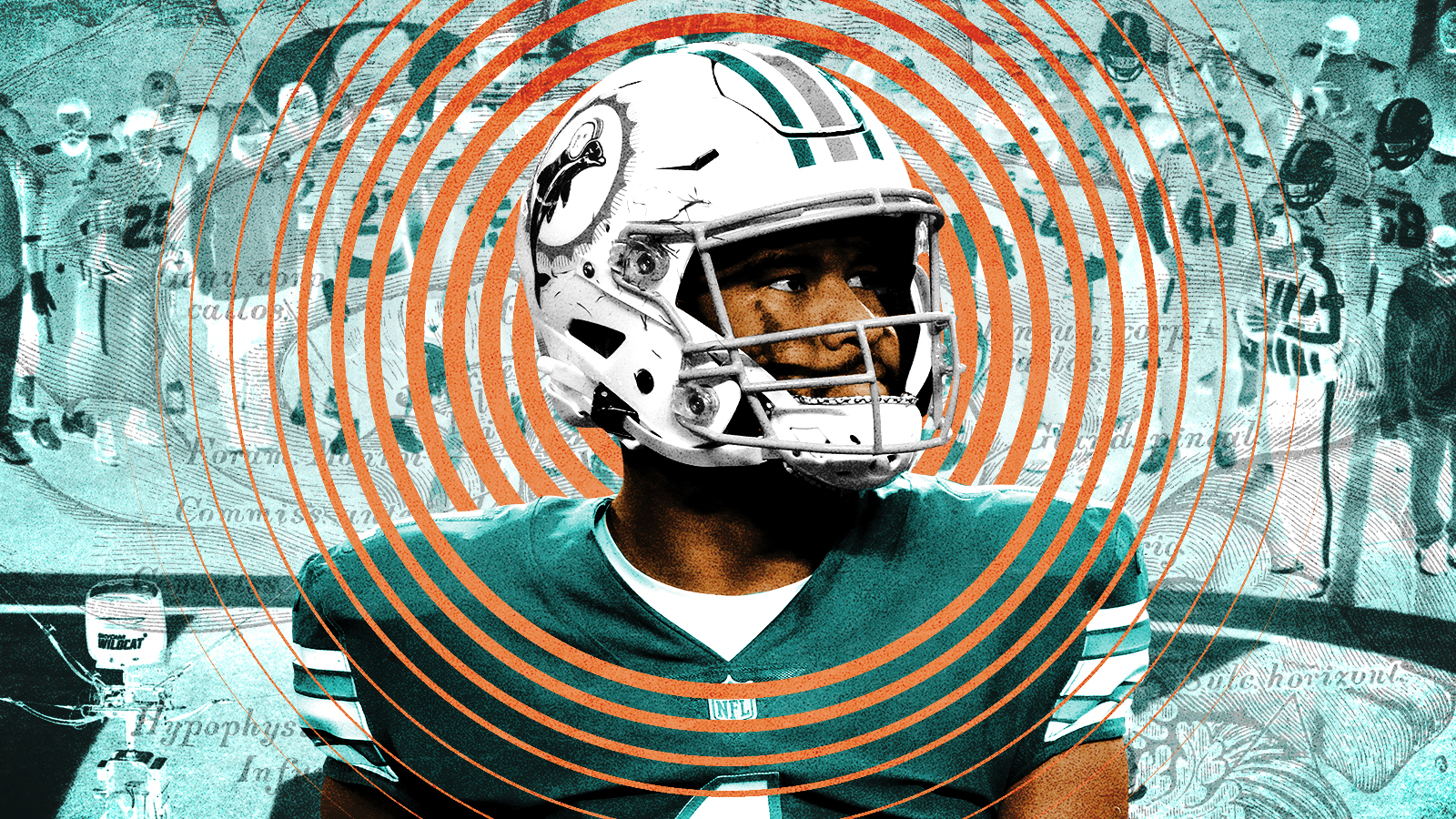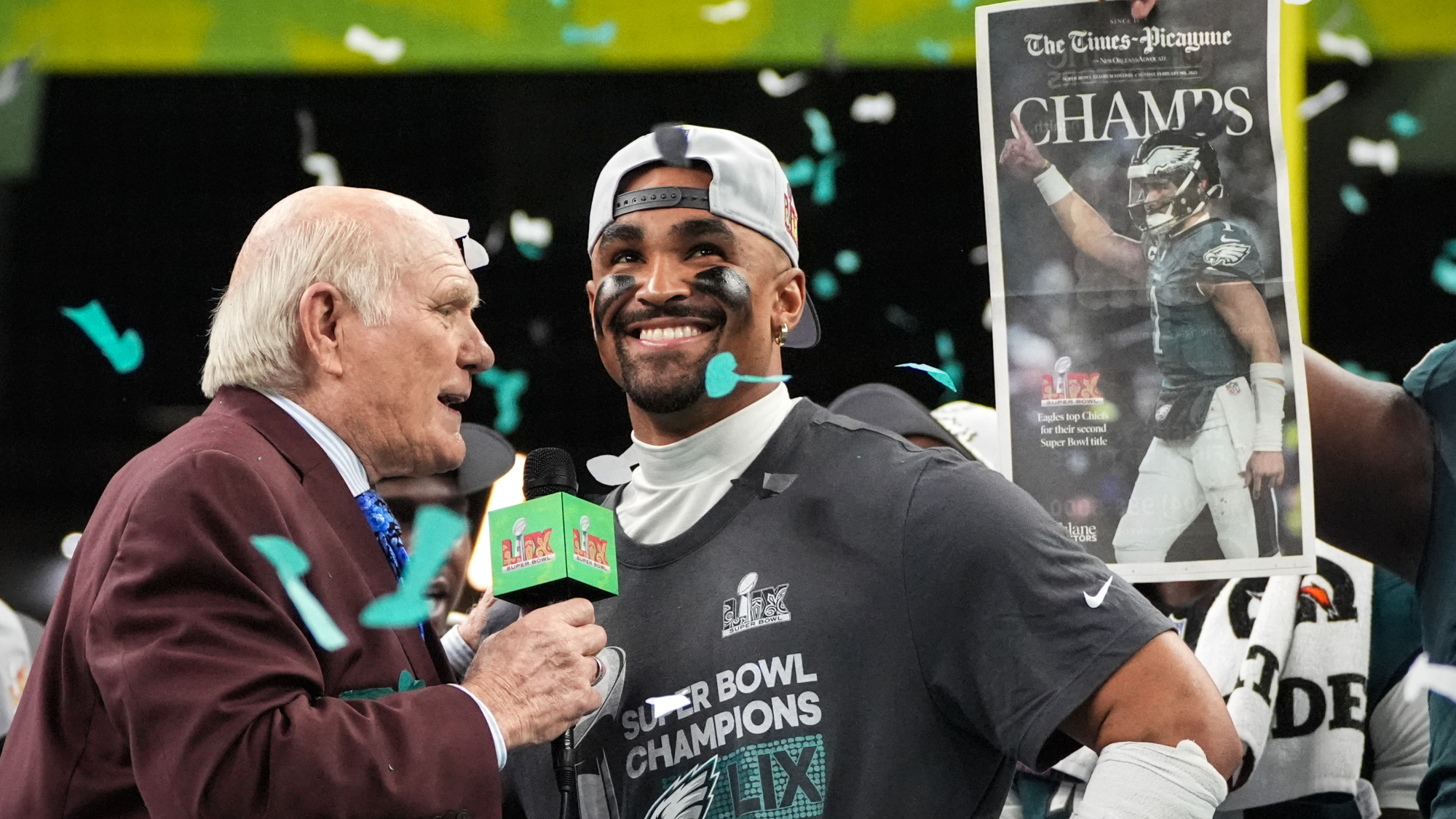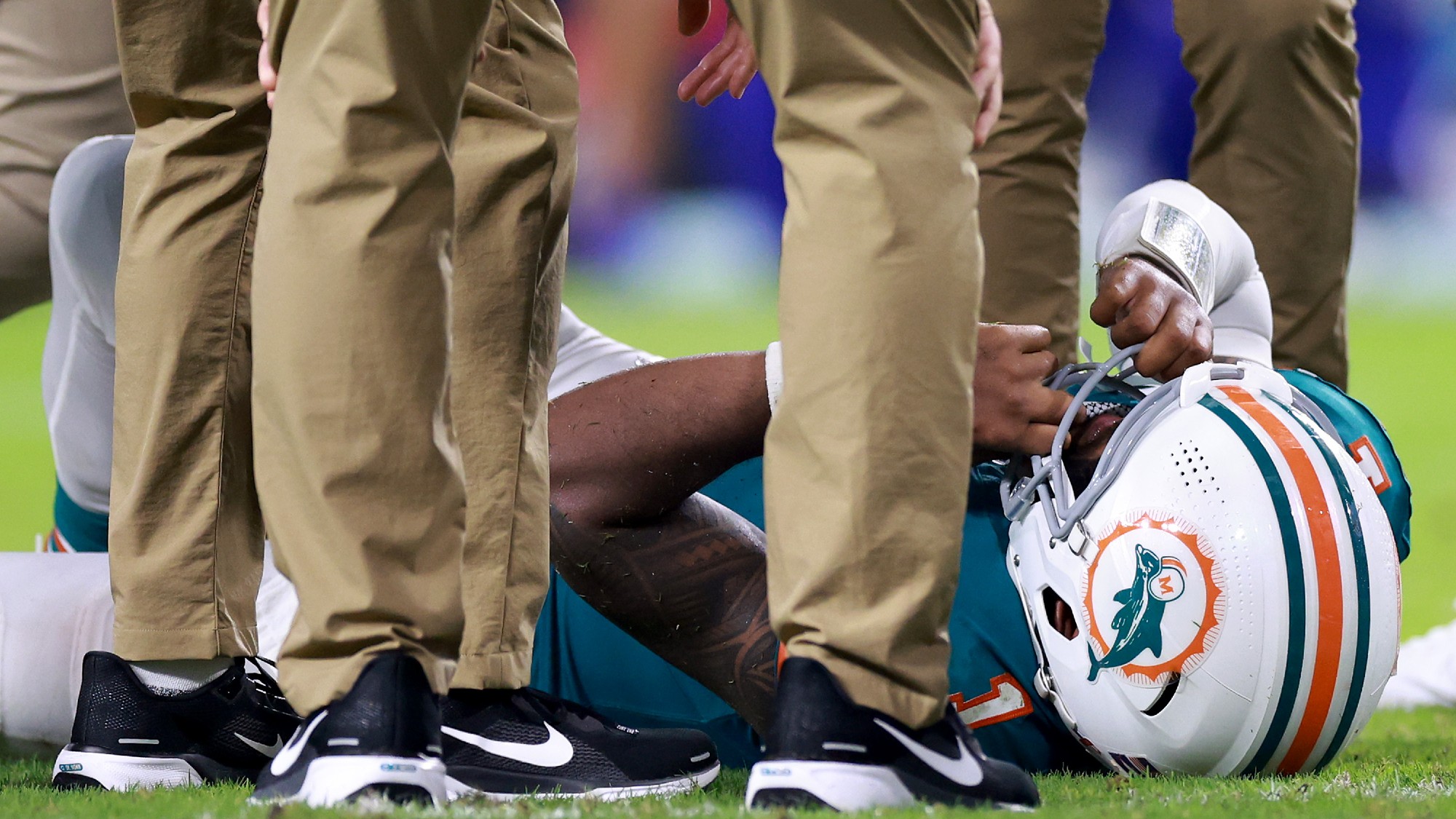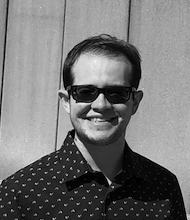Tua Tagovailoa, CTE, and NFL concussion care
A pair of brutal sacks has called renewed attention to the league's head trauma protocols


Last Thursday, during a game against the Cincinnati Bengals, Miami Dolphins quarterback Tua Tagovailoa crumpled to the ground for the second time in four days. He had been sacked — again – and while he had gotten up after a previous hit against the Buffalo Bills, this time he stayed down, clearly hurting and exhibiting the "fencing" posture — a telltale sign of a traumatic brain injury. The frightening incident has since been met with calls for the NFL to re-examine its concussion protocols, especially given what's known about CTE — or Chronic traumatic encephalopathy — and brain trauma in football players. Here's everything you need to know:
What is CTE, and why does it affect NFL players so much?
Chronic traumatic encephalopathy is defined by the Mayo Clinic as "brain degeneration likely caused by repeated head traumas." The term is often used to describe a wide variety of brain disorders typically observed in football players. Because the condition is only officially diagnosed via autopsy, it's rather difficult to study — and even more difficult to understand.
Significant head trauma is believed to be the main cause of CTE, so it's no surprise that professionals in contact sports like football and ice hockey are diagnosed at a much higher rate than the public. The NFL in particular has seen massive numbers of postmortem CTE diagnoses because of the brute strength and physicality required to play football. "There is very likely a relationship between exposure to football and risk of developing the disease," concluded a 2017 study from Boston University, in which researchers found signs of CTE in 99 percent of the former NFL players' brains they studied.
The Week
Escape your echo chamber. Get the facts behind the news, plus analysis from multiple perspectives.

Sign up for The Week's Free Newsletters
From our morning news briefing to a weekly Good News Newsletter, get the best of The Week delivered directly to your inbox.
From our morning news briefing to a weekly Good News Newsletter, get the best of The Week delivered directly to your inbox.
What has historically happened to NFL players with CTE?
At least 320 former NFL players have been posthumously diagnosed with CTE, The New York Times reports. And sadly, many of these players found themselves meeting tragic ends, having suffered personality changes and brain disorders linked to repeated blows to the head.
One of the most well-known cases of CTE involved Aaron Hernandez, a former star tight end for the New England Patriots. In 2015, following his 2013 release from the Patriots, Hernandez was found guilty in a murder trial and sentenced to life in prison. He was then found dead in his prison cell in 2017 in what was later ruled to be a suicide. Though he was just 27 when he died, an autopsy revealed Hernandez suffered from severe Stage 3 CTE — something never before seen in someone younger than 46.
Another famous case is that of Mike Webster, one of the earliest confirmed victims of CTE. Nicknamed "Iron Mike," Webster was a star center for the Pittsburgh Steelers and helped the team win four Super Bowls. However, The Atlantic reports that his condition rapidly declined after his retirement in 1990, and he eventually began living out of his truck. At one point he bought a Taser he would use to shock himself to sleep, and claimed that playing football gave him dementia. He died in poverty in 2002 at the age of 50. An autopsy confirmed that Webster, like Hernandez, had suffered from CTE and cognitive decline.
While these stories are enough to frighten any NFL player, the upside for 24-year-old Tagovailoa, perhaps, is that he's still very young. While his injuries may end up forcing him out of the game, he's still young enough to receive treatment for any lingering symptoms and has not received as many blows to the head as veteran players.
A free daily email with the biggest news stories of the day – and the best features from TheWeek.com
How has the NFL addressed CTE and head injuries?
The NFL has, in recent years, shed more light on its policies regarding traumatic brain injuries, but it wasn't always like that. In fact, the issues surrounding CTE became a topic of discussion only in the last decade or so. During the olden days of the league, for example, "players who were hit hard were sent back into the game, and post-playing-days issues were attributed to factors outside the sport," writes The Sporting News.
But beginning in 2011, the NFL implemented a standard protocol for addressing concussions among players. Per the guidelines, any player who exhibits signs of a concussion following a hit must be taken out of the game to be evaluated, at which point they'll be checked for major concussion symptoms like loss of consciousness, instability, and confusion.
If there are concerns about a player's health following the initial evaluation, the player will then be examined by a team doctor. If the doctor determines the player has a concussion, the player will then undergo follow-up exams and evaluations and must cease playing in the meantime. There is no specific amount of time a player must be out, but they must be cleared by both the team doctor and an independent neurological consultant before returning.
Will things change following the Dolphins incident?
The hits to Tagavailoa drew renewed anger toward the Miami Dolphins, the NFL, and the way head injuries are handled in general, with many imploring the league to use this incident as a catalyst for change. The sacks even garnered the attention of Congress, with Rep. Bill Pascrell, Jr. (D-N.J.) having sent a letter to both the league and the Dolphins regarding an investigation.
Legendary quarterback Tom Brady was also critical of the league's current standards, saying recently that concussion protocols should be based on prevention. "How do we deal with [concussions] in the best possible way? What are the best practices associated with the prevention of them, as well as, if you do get them, how do you recover as quickly as possible?" Brady said. "I think that should really be a focus as well. How you implement those protocols for athletes is something that we should all think about so we can do a better job in the future."
For what it's worth, the NFL did take immediate action in Tagavailoa's case, and reportedly fired the doctor that cleared him to return to play in the Sunday game. The league also committed to examining and revising its concussion protocols to automatically rule out players who have "gross motor instability," much like Tagavailoa following his initial hit.
Given that head injuries are a part of football, as well as the NFL's recent efforts, it seems that what happened to Tagavailoa may be the start of a longer road toward treating concussions and CTE differently.
Justin Klawans has worked as a staff writer at The Week since 2022. He began his career covering local news before joining Newsweek as a breaking news reporter, where he wrote about politics, national and global affairs, business, crime, sports, film, television and other news. Justin has also freelanced for outlets including Collider and United Press International.
-
 The Week’s big New Year’s Day quiz 2026
The Week’s big New Year’s Day quiz 2026Quiz of the Year How much do you remember about 2025’s headlines? Put yourself to the test with our bumper quiz of the year
-
 Is tanking ruining sports?
Is tanking ruining sports?Today's Big Question The NBA and the NFL want teams to compete to win. What happens if they decide not to?
-
 ‘Netflix needs to not just swallow HBO but also emulate it’
‘Netflix needs to not just swallow HBO but also emulate it’instant opinion Opinion, comment and editorials of the day
-
 Is tanking ruining sports?
Is tanking ruining sports?Today's Big Question The NBA and the NFL want teams to compete to win. What happens if they decide not to?
-
 Trump orders NFL team to change name, or else
Trump orders NFL team to change name, or elseSpeed Read The president wants the Washington Commanders to change its name back to the 'Redskins'
-
 Why is the NFL considering banning the 'tush push' play?
Why is the NFL considering banning the 'tush push' play?Today's Big Question The play is widely used by the Philadelphia Eagles, to other teams' chagrin
-
 Eagles trounce Chiefs in Super Bowl LIX
Eagles trounce Chiefs in Super Bowl LIXspeed read The Philadelphia Eagles beat the Kansas City Chiefs 40-22
-
 Major League Baseball's shaky future in Tampa
Major League Baseball's shaky future in TampaThe Explainer New questions arise about a troubled franchise after Hurricane Milton wrecked the Trop
-
 After Tua injury, can NFL make progress on concussions?
After Tua injury, can NFL make progress on concussions?Today's Big Question Dolphins QB faces calls to retire
-
 Cop benched after NFL star handcuffed in traffic stop
Cop benched after NFL star handcuffed in traffic stopSpeed Read A Miami-Dade police officer detained Dolphins star Tyreek Hill before the game
-
 The economics of taxpayer-subsidized stadiums
The economics of taxpayer-subsidized stadiumsIn Depth Shiny new stadiums can end up costing taxpayers billions
